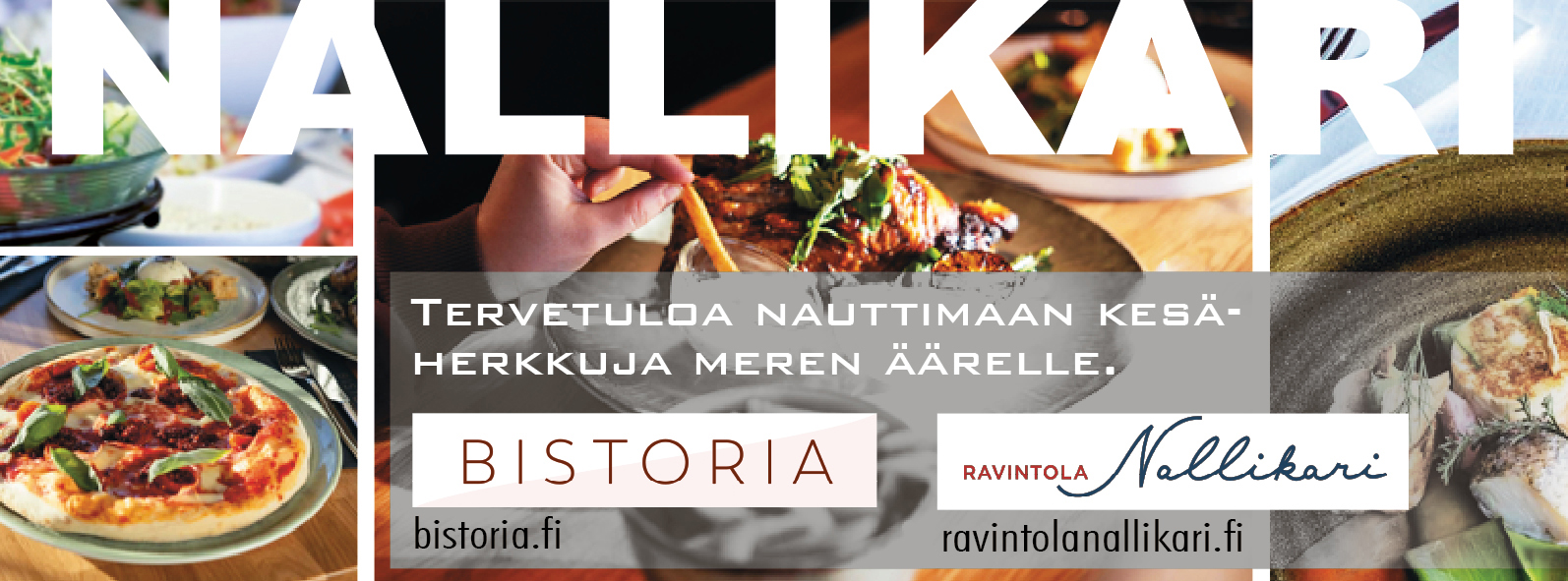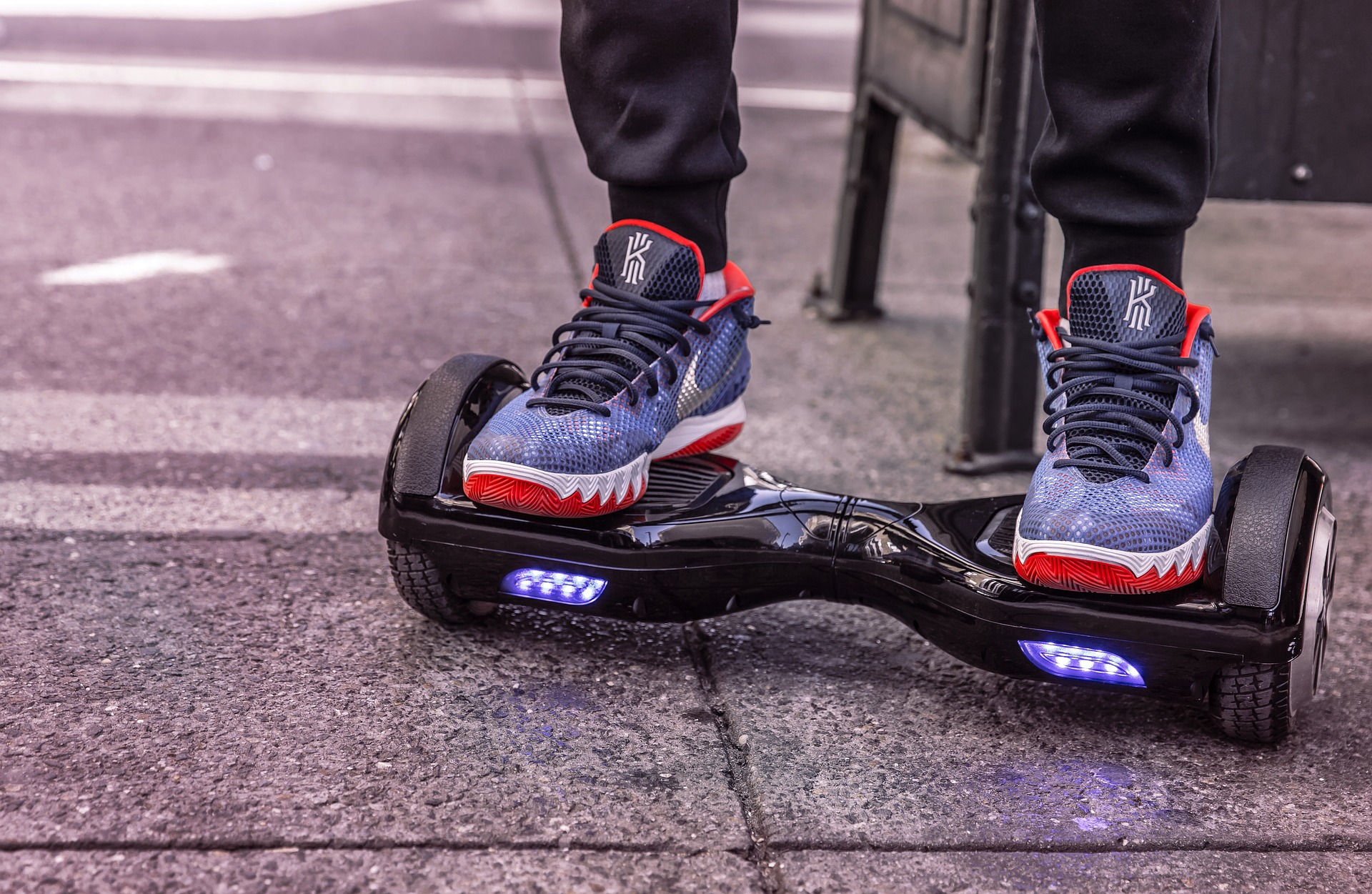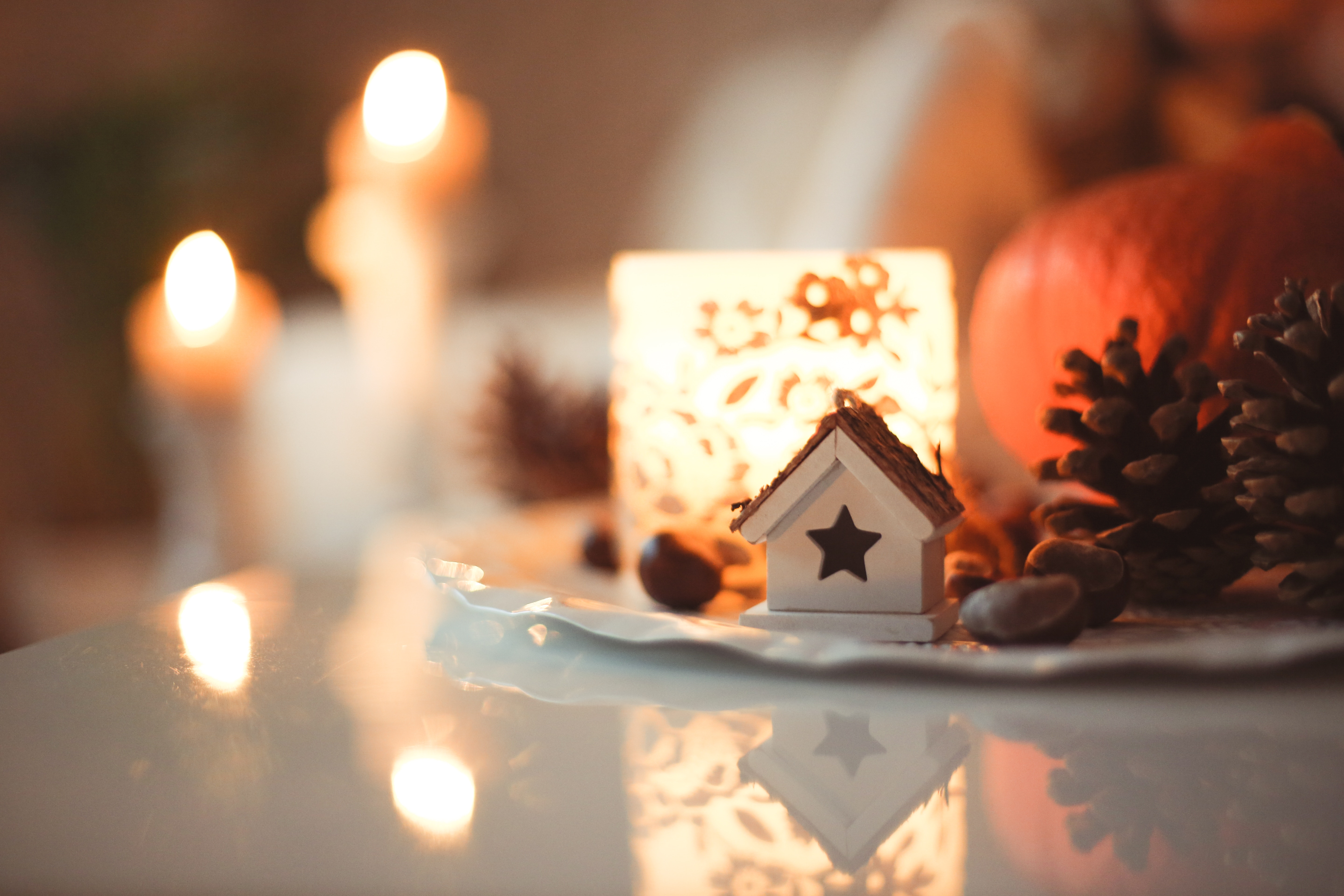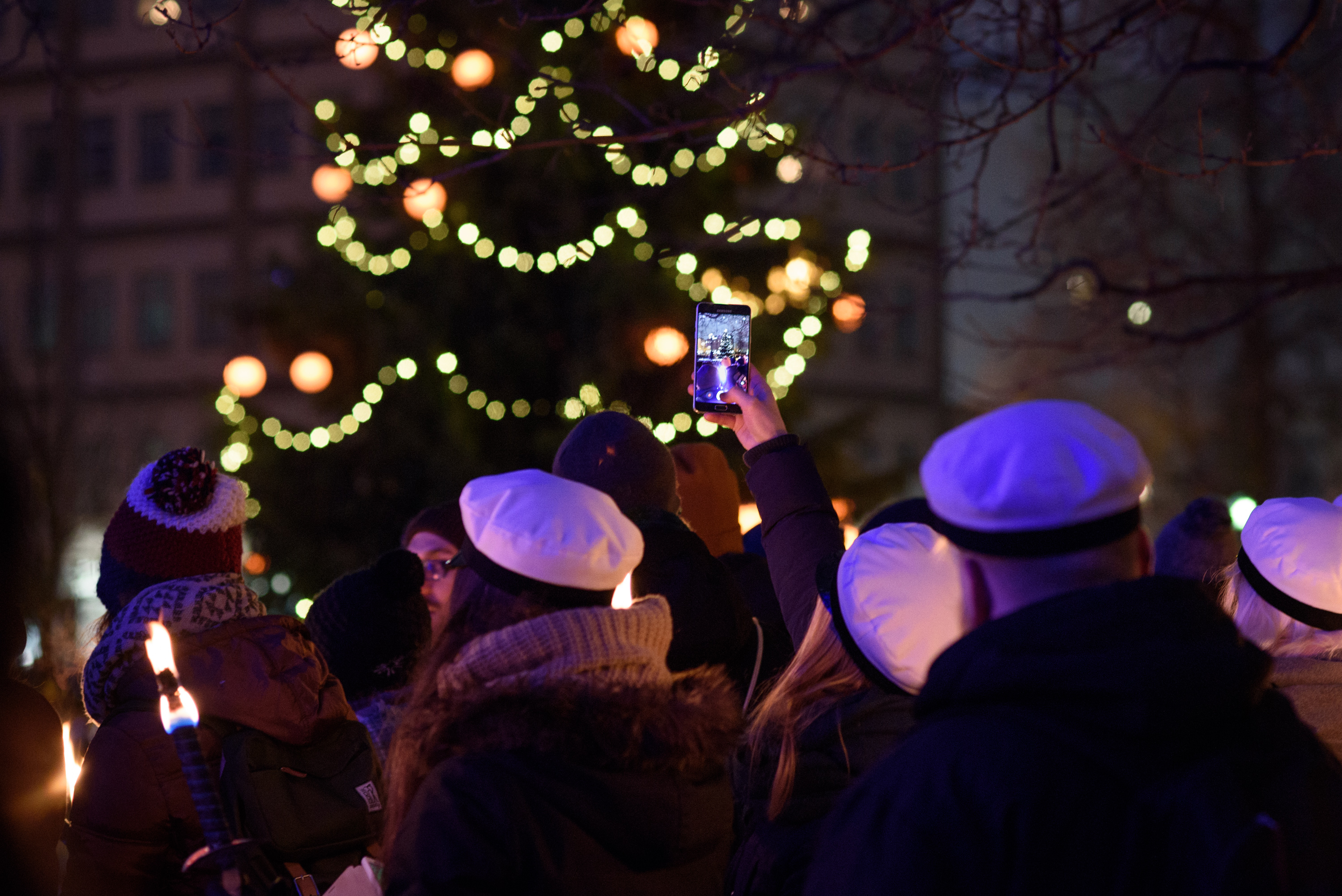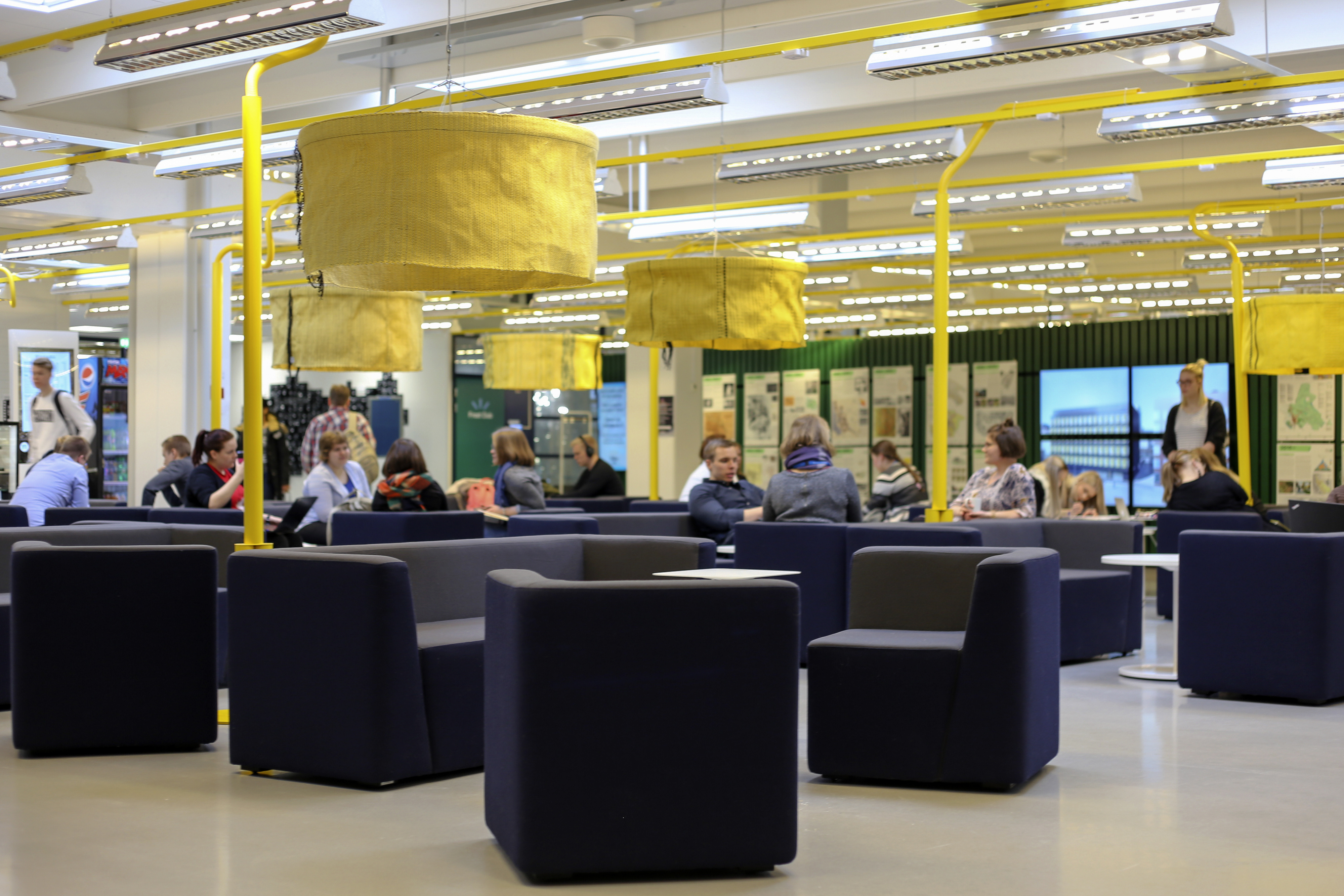
Rika Nakano, 22
Exchange Student for One Semester
Studying Primary Education & Japanese as a Second Language
Japan
“I think the University of Oulu has more liveliness and eagerness for learning or research compared to my home university.”
Why did you choose to come to Oulu?
What brought me to Finland and Oulu is its education system. I want to be a primary school teacher to be able to make a positive difference on the future of children. Studying in an environment so different from Japan helps me to expand my thinking and change my fixed beliefs that I have created throughout my own educational background. For me, this exchange study is a great challenge.
Has your view of Oulu changed during your time here?
Yes! People say that Finns are calm, polite and rarely enter into the conversation. But, people that I met in Oulu are friendly and helpful to foreigners. I’ve stayed in Oulu for just a month, but I already love the city and the Finnish people.
Do you feel welcome here? Do you find it easy to get to know local students?
I made friends easier than I imagined because there were a variety of welcome events for the exchange student. They were very nice. I have some local student friends like my Kummi and students coming to cafe lingua. But I want more opportunities to get to know local students and people in Oulu.
How does the University of Oulu compare to your home University?
I think the University of Oulu has more liveliness and eagerness for learning or research compared to my home university. Also, the systems like the student app and learning management system are well organized and easy to use, even for the exchange students.
What would you like to change in the University of Oulu?
The procedures were complicated so I wish there was a To-Do list for the exchange student.
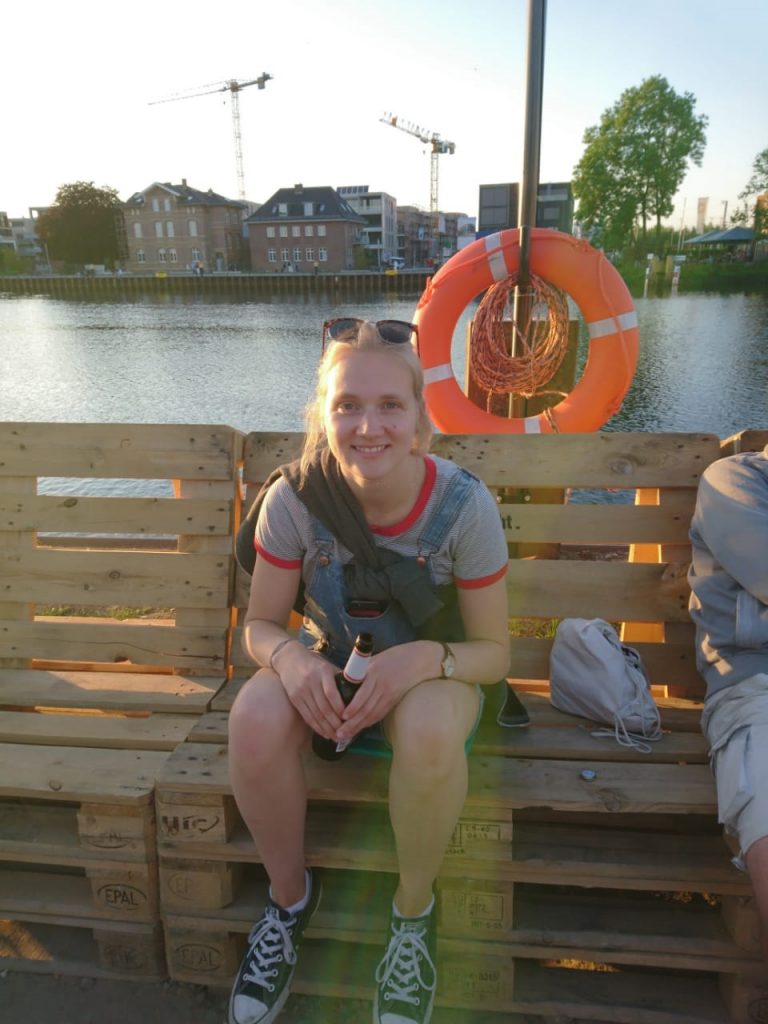
Britta Bornhorn, 24
Exchange Student for One Semester
Studying Education with a focus on Math & Biology
Germany
“In terms of the people living in Finland, I am surprised over and over again with their unique peculiarities, such as visiting the sauna often or feeling comfortable when no one is talking.”
What was your first impression of Oulu?
My first impression of Oulu was – funnily enough – sun! I arrived at the end of August, and it was warm! You could sit in the sun, showing off your nice t-shirts and sunglasses. Well… if you had any. I had packed for four months of deep, dark cold winter. As if it was -35°C and zero hours of sun here in August. I should have had a closer look at the climate graphs.
Has your view of Finland changed during your time here?
Yes! So far the weather is better than I thought. I have also learned a lot about Finnish history and politics in some of my classes. Whereas I didn’t really have much of an opinion (to be honest, not even a lot of knowledge) about Finland before I came here, now I am impressed by how Finland has developed so differently after WWI than any other country I know. Even if I cannot really say what opinion of Finland I had before I came here, I can now say that I am impressed with the Finnish welfare state. I’m also impressed by the equality and high standards of living it has accomplished. In terms of the people living in Finland, I am surprised over and over again with their unique peculiarities, such as visiting the sauna often or feeling comfortable when no one is talking.
What has helped you adjust to your new life abroad?
Learning Finnish! … kidding. Finnish is just the hardest language. Eight, acht, huit, ocho … kahdeksan?! This project is going to cost some time. However, everyone speaks very good English. So that helps. In the short term (for which I am here) that’s more effective than me learning Finnish, I guess.
What has been your favorite memory so far?
Biking to Hailuoto. At this point, I do not want to brag about myself. I am aware that this must sound quite impressive. Chris Froom? Amateur. Also I don’t want to complain about how sore my legs were, or that the seat of the bike ripped a hole into my pants. I am a person that likes to keep this for themselves.
That said: it was a really great day! We went with a couple of exchange students, we had amazing weather and the Marjaniemi Lighthouse and the beach were just stunning.

Lindsay Jamerson, 20
Exchange Student for One Semester
Studying Peace & Conflict Studies and History, with a minor in Women & Gender Studies
USA
“All exchange students are coming in with the same open-mindedness, so take advantage of that during the first few weeks.”
What have been the challenges of living in Oulu?
One challenge I have found myself facing is the language barrier as I have dietary restrictions. Thankfully, I have been able to pick up on certain keywords that have allowed me to identify the foods that I can and cannot eat.
Another thing that has been difficult is acclimating to the new cultural norms. For example, one of my friends is from Germany, and I made the mistake of not taking my shoes off when I entered her apartment. She politely informed that what I was doing could come off as disrespectful, although she knew that that was not my intention. Since then, I have tried to pay more attention to other people’s behavior so that I can do my best to respect their cultural values. There are a lot of things that I never realized would be different between cultures.
How does the University of Oulu compare to your home university?
Demographically, they are the same, which is one of the reasons why I picked the University of Oulu. One thing I really like about Oulu is that the entire campus is connected, whereas at my home university, the buildings are all separate and house different departments. I also enjoy the food selection on campus in Oulu, because it is cheaper and tastier than that at my home institution.
What piece of advice would you give to new exchange students?
All exchange students are coming in with the same open-mindedness, so take advantage of that during the first few weeks. Everyone is in the same position and trying to make friends. Also, try to make friends with people who aren’t from your home country. It’s a lot easier to be with people who are familiar with your culture, but the purpose of studying abroad is to push yourself and experience new things.
What are some things in Oulu you’d like to take home with you?
Bio-waste. One of the things I appreciate most about Finland as a whole is their attitude towards environmental issues. I think that my home institution would not only be open to the idea of incorporating bio-waste facilities, they would wholeheartedly support it. ‘
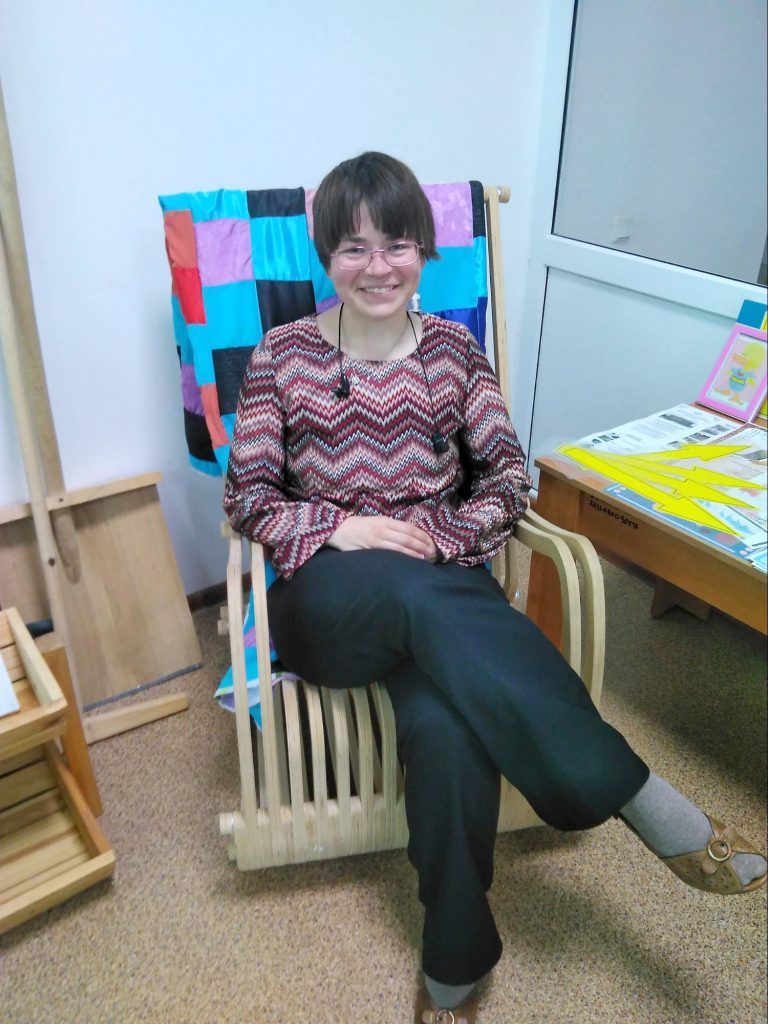
Helerin Raikkerus, 30
Studying Medicine
Exchange Student
Estonia
“There is no such thing as bad weather, if you have the correct clothing.”
What has been the biggest challenge so far?
It is sometimes difficult to accept that everybody dies at some point. A doctor always wants to help his or her patients, but, for example, sometimes the patients have many diseases. When they get an acute, for example surgical problem, and might otherwise be saved by surgery, sometimes it can be even more risky to operate. As a student it is difficult to watch others making these kind of decisions, and it is probably harder for the real doctors to make them.
What are you most looking forward to during your time in Finland?
Hmm… I’ll answer about Oulu. I’m here for an internship at the University Hospital. I hope to learn a lot.
If you could give someone one tip before visiting Finland, what would it be?
Before coming, take a quick look at the weather forecast. The nature in Finland is beautiful and we have four seasons. There is no such thing as bad weather, if you have the correct clothing. Be prepared for hot sunny days during the summer, some rainy days and extremely cold weather during the winter months. Be prepared and have fun.
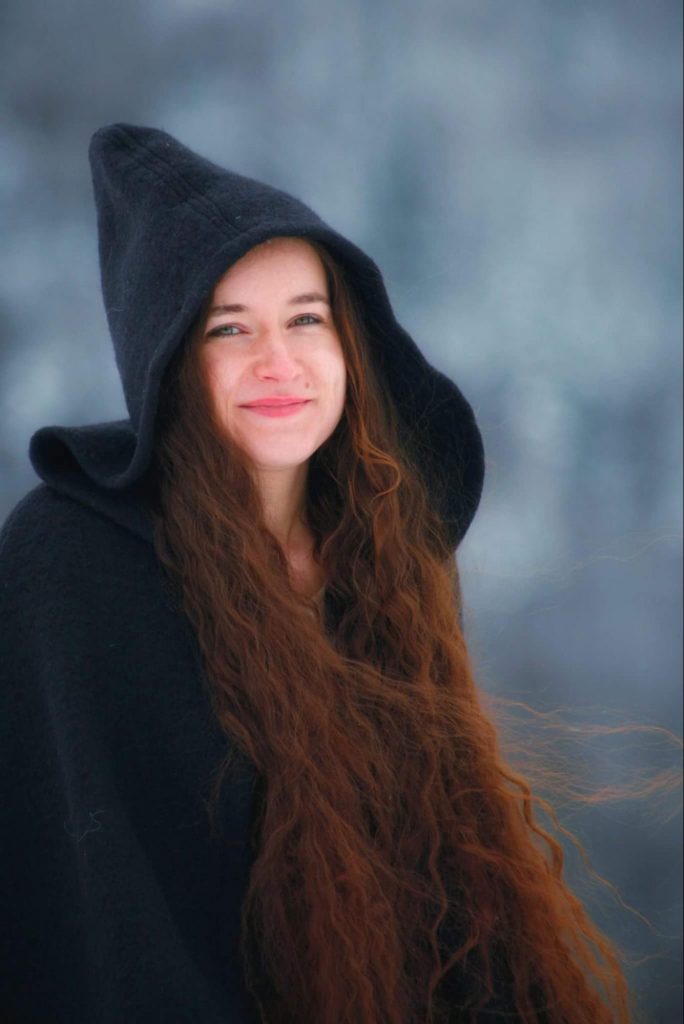
Zsuzsi Máthé, 31
Studying for a PhD in Cognitive Linguistics
Visiting Student doing research
Transilvania
“One aspect that stands out in Finland is the support that you get as a student or researcher, both from teachers and the system.”
Why did you choose to come to Oulu?
When I was in high school, one of my dreams was to go to Finland. In fact, I wanted to experience the real north, which is why I chose Oulu.
In Oulu, I feel like I am literally and metaphorically on the top of the world! Before coming to Finland I have travelled extensively. I’ve experienced different cultures and lands, mostly by doing volunteer work, which gives me a frame of reference and a sense of appreciation towards the unique traits of each culture and country. It also gives me the ability to see how Finland stands out.
What was your first impression of Oulu?
It was love at first sight. It is not easy to put into words the experiences of four months here, but at first I thought Oulu was special for three reasons: the people, the nature and the culture/education.
Nature here has many faces, and each can be enjoyed to the fullest; you just need a bit of courage. Whether it is summer and the sun never sets, or it is winter and dark and freezing, there is plenty to do and see around Oulu.
The University building, although in some areas it reminds me of an airport, is cozy, well equipped and has a good vibe. There are people of all kinds and a variety that is really enjoyable. You can find everything you need, from numerous student restaurants and cafes to hangout rooms and even dark corners if you want to hang out alone.
In addition to all this, Finnish people are fantastic. Don’t believe the rumors that they are shy and cold. They make incredibly caring, thoughtful, helpful and loyal friends. I am forever grateful for the friendships I have formed here and the people that I met. They are truly special and more than I ever could have hoped for. I am looking forward to making new friends at the Festival of Cultures.
How does student life in Oulu compare to your home University or country?
I don’t really like making such comparisons; each country has its own charms. One aspect that stands out in Finland is the support that you get as a student or researcher, both from teachers and the system. It is a huge privilege and more than I could have hoped for. This is the type of support, which is much harder to come by at my home university.
What has been your favorite memory you’ve made so far in Oulu?
It’s hard to pick just one! So far I have enjoyed reindeer racing (although I only won second place), ice swimming on Valentines Day with sauna, seeing the northern lights on Toppilansaari, ice cycling, adventurous backcountry skiing in Lapland, snowmobiling, and meeting Santa Claus (the real one!). I strongly recommend everyone to try all of these.
What advice would you give to someone coming to Oulu?
My advice to Oulu students and visitors is not to stay inside. Go outside, even though it is dark and cold in the winter, and definitely enjoy the long summer days. Take advantage and enjoy to the fullest all that nature has to give up here in the north, which is really special and unique. Don’t be afraid to dive into the ice cold water in the winter and if the light is not letting you sleep on summer nights, go outside and watch how beautiful the sky is with the longest sunset you have ever seen. Get a bike and get lost on the city at least once, it’s the best way to find some of the most beautiful parks, lakes and neighborhoods that you wouldn’t come across otherwise. Help others if you can if they cannot adjust well to the darkness, get them outside into the awakening bright snow. Your time here is not only a great opportunity to get a good education; the experiences that you make here will always be with you and will shape you into your future self.
Interested in getting to know some exchange students? Meet some of these students, as well as other exchange students at the University of Oulu’s Festival of Cultures on October 3rd.
Read more: University in the USA vs University in Finland: An Honest Comparison

